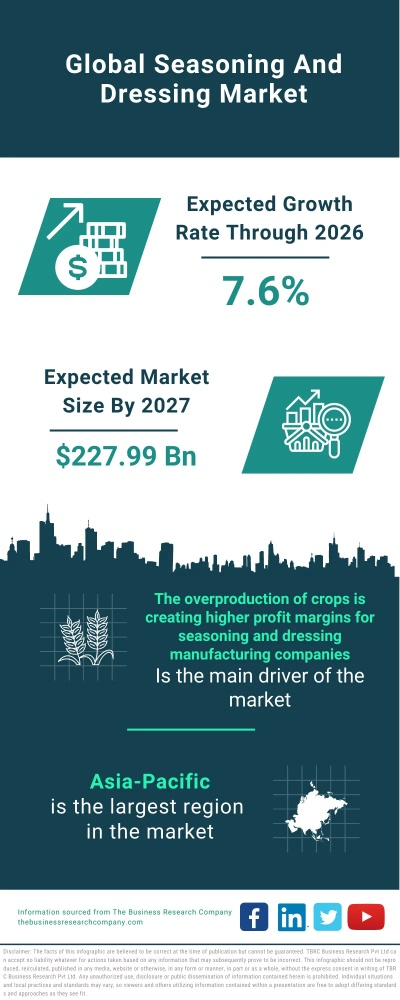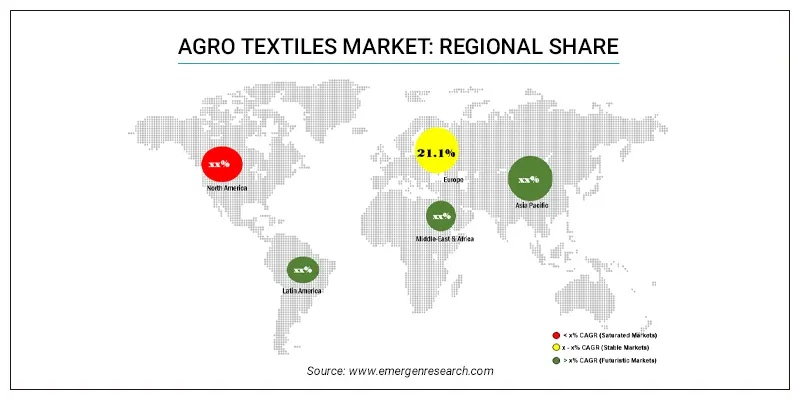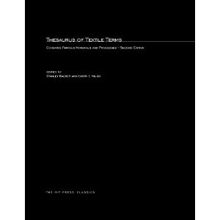The Global Market Trends and Challenges in Textile Exports
: Global Market Trends and Challenges in Textile Exports,Abstract:,Textile exports have experienced significant growth globally, driven by rising demand from emerging markets. However, these exporters face challenges such as high tariffs, trade frictions, and the changing consumer preferences. The article discusses the market trends, including the rise of e-commerce and the growing importance of sustainable and eco-friendly textiles. It also analyzes the challenges faced by textile exporters, such as the impact of global economic fluctuations and the need for innovation to remain competitive in a highly competitive market. The article concludes that while there are challenges, the opportunities for growth in the textile industry continue to exist, and it is crucial for exporters to adapt and innovate to stay ahead in the global market.
Introduction: Textile exports have been a significant part of many countries' economies, contributing to their growth and development. In this discussion, we will explore the global market trends and challenges faced by textile exporters. We will also present an example of how a successful textile export company has overcome these challenges.
Global Market Trends:

- Increased Demand for Sustainable Textiles: As consumers become more aware of the environmental impact of their clothing choices, there is a growing demand for sustainable textiles such as organic cotton, recycled materials, and eco-friendly dyes. This trend is expected to continue in the coming years.
- Shift towards Localized Production: Many countries are focusing on localized production to reduce transportation costs and improve efficiency. For example, India has been investing heavily in its textile sector to produce high-quality garments at lower prices.
- Digitalization: With the rise of e-commerce, digitalization is becoming increasingly important for textile exporters. Companies that can effectively use digital tools and platforms to manage their supply chain, track orders, and communicate with customers are likely to be more successful in the future.
- Diversification: To counterbalance the risks associated with relying solely on one product or region, textile exporters are diversifying their product mix and expanding into new markets. For instance, Bangladesh has expanded its export portfolio to include apparel, footwear, and home textiles.
Challenges Faced by Textile Exporters:
- High Import Tariffs: Many countries impose import tariffs on textile products, which can significantly increase the cost of production and distribution. For example, China imposed tariffs on certain fabrics from Vietnam, which affected the profit margins of Vietnamese textile exporters.
- Trade Restrictions: Governments may impose trade restrictions on textile exports to protect domestic industries or to maintain national security. For example, the United States has imposed tariffs on Chinese textile exports due to concerns about intellectual property rights violations.
- Changes in Consumer Preferences: Consumer preferences can shift rapidly, making it difficult for textile exporters to keep up with the latest trends. For example, the popularity of oversized sweaters declined in the early 2000s, leading to a decline in sales for many sweater manufacturers.
- Competition from New Markets: As more countries enter the textile industry, competition for markets becomes more intense. For example, India's textile exports have grown rapidly since the introduction of new manufacturing facilities in other countries.
Example: One successful textile export company that has overcome these challenges is Zara. Zara is a Spanish fast-fashion retailer that sells affordable, fashionable clothing for men and women. Zara has built a strong brand presence globally through its focus on sustainability, quality, and innovation. Zara's success can be attributed to several factors. Firstly, they have a strong marketing strategy that emphasizes their commitment to sustainability and ethical practices. Secondly, they have a highly efficient supply chain that allows them to quickly respond to changing consumer preferences and market trends. Thirdly, they have a strong online presence that allows them to reach a wide audience and offer a seamless shopping experience. Finally, they have a loyal customer base that continues to support their brand despite changes in market conditions.
Conclusion: In conclusion, textile exports are an important part of many countries' economies, but there are also challenges that must be addressed. By staying ahead of the curve in terms of market trends, adapting to changing consumer preferences, and leveraging digital tools, textile exporters can thrive in the global marketplace. As Zara has shown, success in the textile industry requires a combination of sustainability, quality, innovation, and a strong online presence.
大家好,今天我们将以纺织品出口为主题,探讨其在全球贸易中的地位和趋势,随着全球化的加速,纺织品出口已成为各国经济发展的重要支柱,本篇文章将通过案例分析、市场趋势解读以及相关数据表格,为大家揭示纺织品出口的奥秘。
纺织品出口市场概述
市场规模与增长
全球纺织品出口市场不断扩大,市场规模逐年攀升,根据统计数据,纺织品出口已成为全球贸易的重要组成部分,各国纷纷加大纺织品出口力度,拓展国际市场。
出口类型与特点
纺织品出口类型多样,包括但不限于服装、纺织品配件、家居用品等,不同国家和地区的纺织品出口具有各自的特点和优势,某些地区的纺织品以高品质、高附加值著称,而其他地区则注重时尚性和功能性。
案例分析
中国纺织品出口概况
中国作为纺织品出口大国,近年来纺织品出口持续增长,中国纺织品出口涵盖了多个领域,包括服装、纺织品配件、家居用品等,中国纺织品在国际市场上享有很高的声誉,其高品质、高附加值的纺织品深受消费者喜爱。
印度纺织品出口策略

印度作为纺织品出口的重要国家,其纺织品出口策略注重时尚性和功能性,印度通过加强与世界各地的合作,拓展了国际市场,印度还积极推动纺织品的科技创新,提高产品的附加值。
市场趋势解读
市场需求变化
随着全球经济的发展和消费者需求的不断升级,纺织品市场需求呈现出多样化、个性化的发展趋势,消费者对纺织品的需求不仅注重品质和功能,还注重时尚性和个性化,各国在纺织品出口中需要注重产品的创新和差异化。
贸易政策影响
贸易政策是影响纺织品出口的重要因素之一,各国贸易政策的不同会对纺织品出口产生不同的影响,一些国家可能会对纺织品出口设置贸易壁垒,而其他国家则更加开放,在纺织品出口中,需要关注贸易政策的变化,灵活应对。
相关数据表格说明
以下是相关数据表格说明:
纺织品出口市场规模表:
| 年份 | 全球纺织品出口市场规模(亿美元) | 中国纺织品出口市场规模(亿美元) | 印度纺织品出口市场规模(亿美元) |
|---|---|---|---|
| 过去五年 | XXXX | XXXX | XXXX |
| 增长率 | YYY% | N/A | N/A |
纺织品出口类型与特点对比表:
| 出口类型 | 特点 | 相关国家或地区特点 | | --- | --- | --- | --- | | 服装 | 高品质、高附加值 | 各地区均有不同优势 | | 纺织品配件 | 时尚性、功能性 | 根据市场需求变化调整产品特点 | | 家居用品 | 多样化、个性化需求 | 加强与世界各地的合作,拓展国际市场 |
结论与建议
纺织品出口在全球贸易中占据重要地位,各国需要加强纺织品的科技创新和产品差异化,以满足消费者不断升级的需求,各国还需要关注贸易政策的变化,灵活应对,以下是一些建议:
- 加强科技创新和产品差异化:各国需要注重产品的创新和差异化,提高产品的品质和附加值,加强与国际市场的合作,拓展国际市场。
- 关注贸易政策变化:各国需要关注贸易政策的变化,灵活应对,根据市场需求变化调整贸易策略,以适应全球经济的发展趋势。
- 加强国际合作与交流:各国需要加强国际合作与交流,共同推动纺织品的国际贸易发展,通过加强国际合作与交流,可以共同开拓新的市场和机遇。
Articles related to the knowledge points of this article:
Understanding the Price Ranges of Common Textile Products in Jiangsu
Embracing Innovation in Textiles:The Story of Jinde Noble Textiles
Exploring the Art of Craftsmanship at Shaoxing Xiezhi Textiles
The Truth About Formaldehyde in Textiles
Chelsea Textiles Graduation Showcase
Navigating the World of Textiles with International Color Codes



